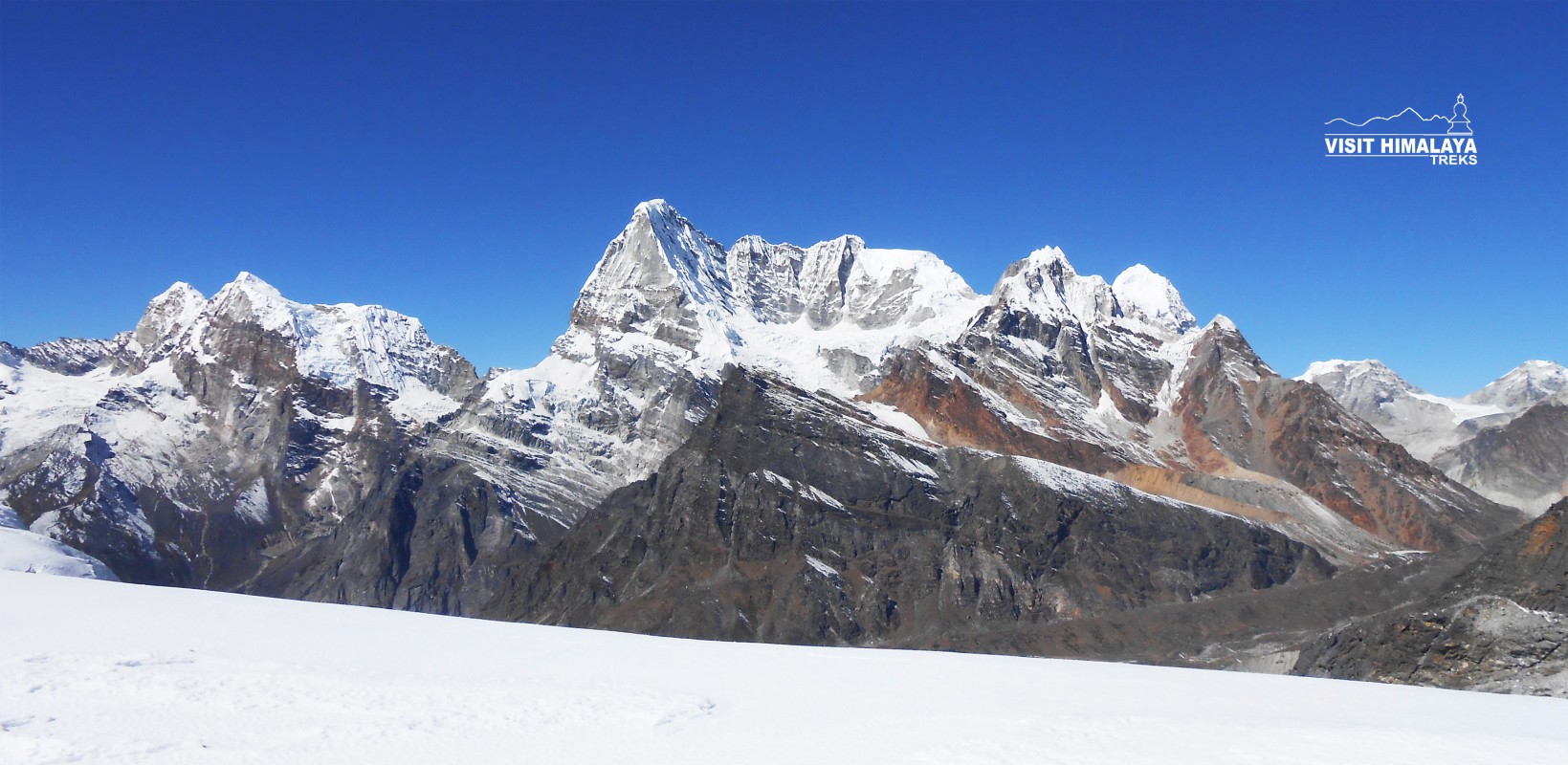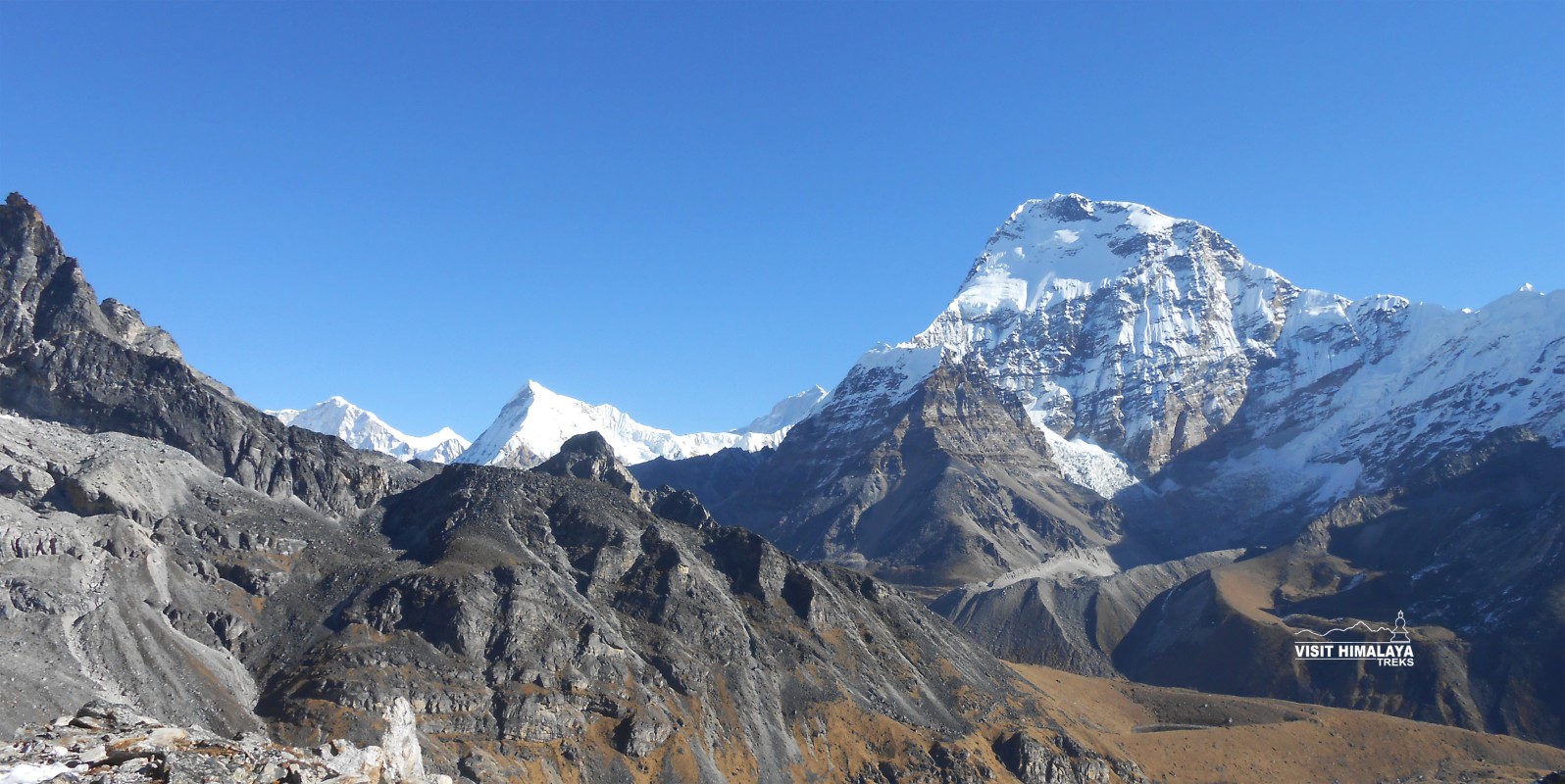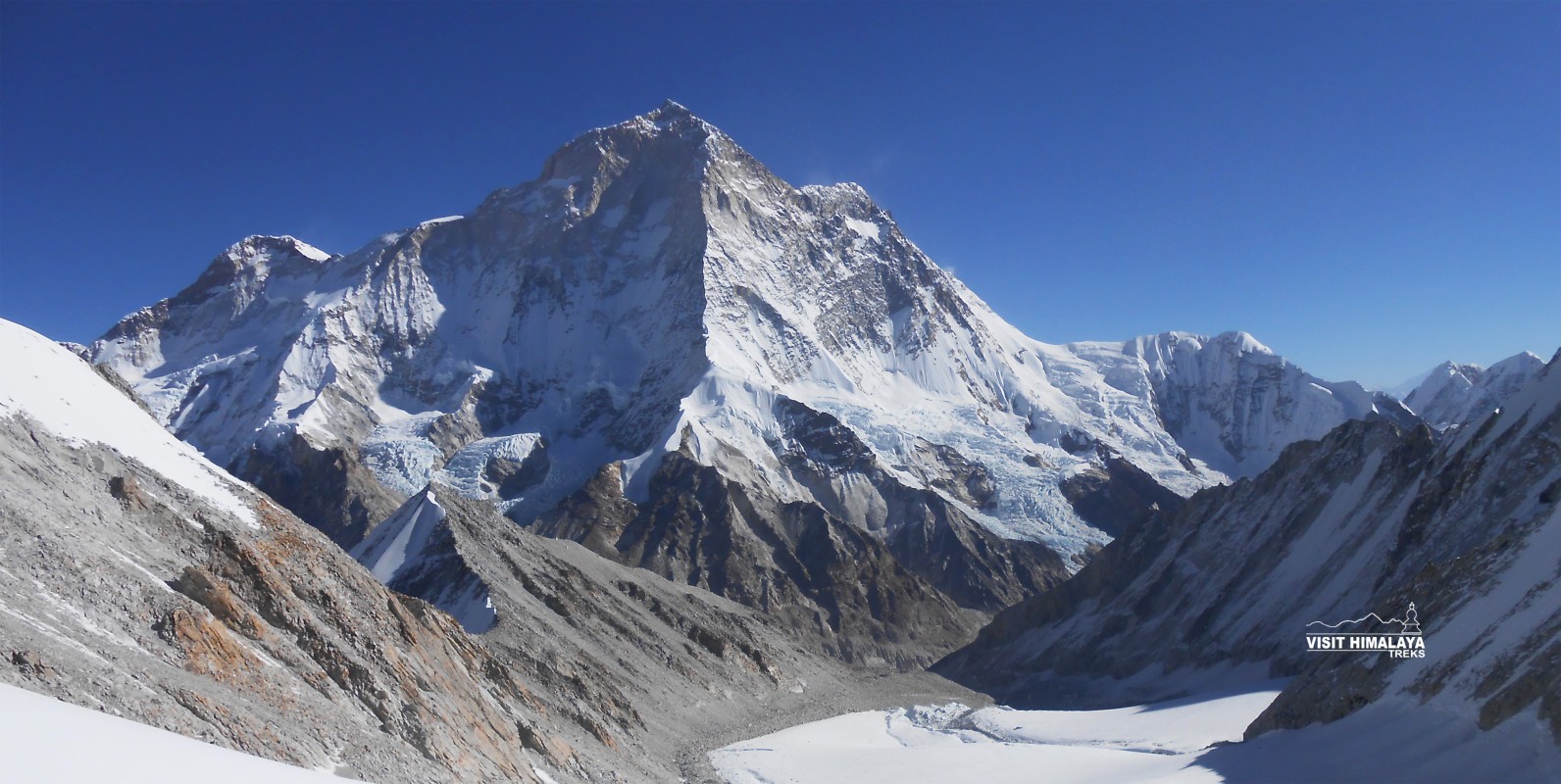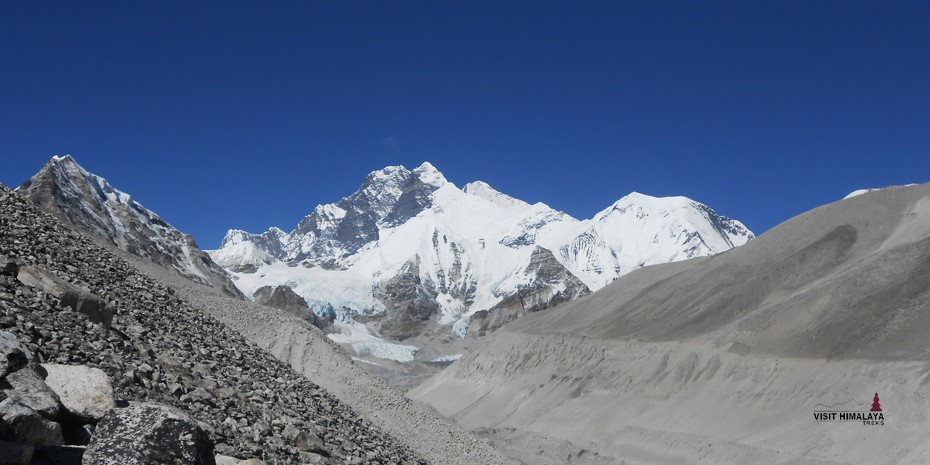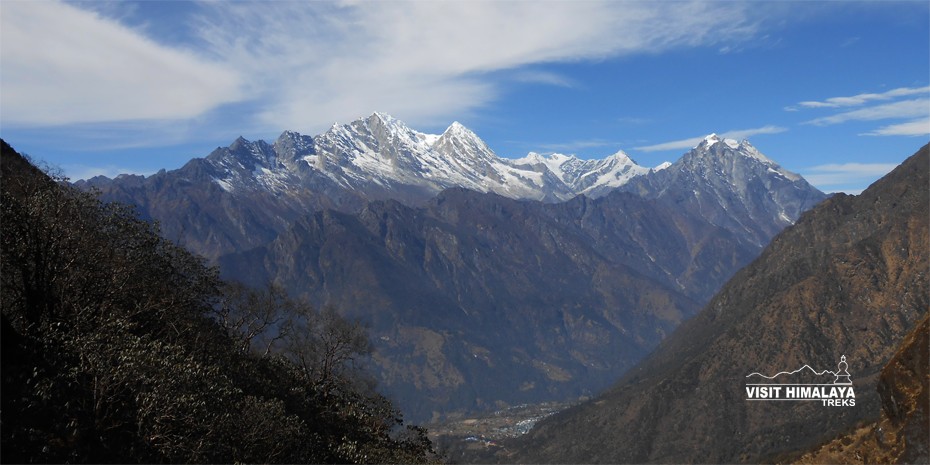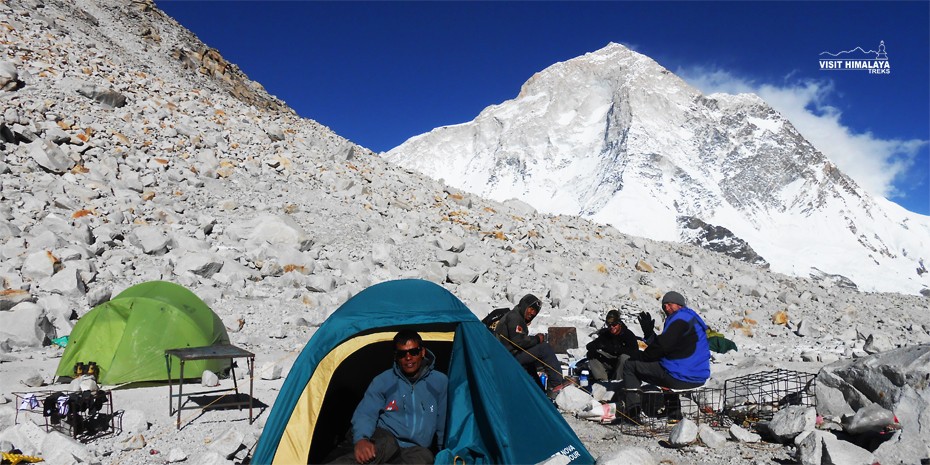Makalu Base Camp Sherpani Col Trek is undoubtedly one of the most challenging and equally fascinating treks in the Himalayas of Nepal. This trek goes through the high and technical East Col and West Col (Ice Col), more popularly known as Sherpani Cols, and is regarded as one of the hardest treks in Nepal.
This is an adventurous trek recommended only for seasoned trekkers of the Himalayas and not for the faint-hearted. This trek is also listed as an Off The Beaten Path Trek as most of this trek is done in the wilderness away from civilization and settlements. Almost one-third of this trek is in high altitudes above 5500 meters. There is another technical pass, Amphu Laptsa (Lapcha) (5620 meters), towards the end of the trek as well.
Breathtaking up-close views of some of the giants of the Himalayas are abundant in the Makalu Base Camp Sherpani Col Trek. The lower valleys aren't blessed with such scenic panoramas, but lush rhododendron forests provide a different charm to this trek. The East Col and West Col provide a unique challenge and also reward with panoramas that include towering Makalu (8463 meters) and Baruntse (7162 meters).
While negotiating the Baruntse Plateau, the trek actually passes through the Advanced Camps of Baruntse. This trek through the Baruntse Plateau is one of the major highlights of the trek as it is as close as any trek gets to a 7000-meter peak.
Makalu Base Camp Sherpani Col Trek starts from a very low and humid Tumlingtar. The trek snakes its way through the valleys into alpine meadows at the foot of Makalu. Usually, a trek comes to its climax once nearing such elevations, but here it is only the start of the Makalu Base Camp Sherpani Col Trek. From Makalu Base Camp onwards, the trails are almost non-existent, unforgiving, and treacherous, and are strictly forbidden for first-timers in the Himalayas.
On the way towards Sherpani Col, one can also enjoy superb views of Everest, Lhotse (8516 meters), and Island Peak (6189 meters) from a very different angle. The trek finally ends at Lukla in Khumbu Valley after crossing another technical pass, Amphu Laptsa (Lapcha) (5620 meters). We also offer another similar trip, climbing the highest trekking peak, Mera Peak, over Amphu Laptsa Pass, climbing Island Peak, and into the popular Everest Base Camp trek.
Makalu Base Camp Sherpani Col Trek Guideline Itinerary;
Day 01: Arrive in Kathmandu (1335 meters).
Day 02: Trek Preparation day in Kathmandu.
Day 03: Fly to Tumlingtar (410m and drive to Num (1560 meters), 1150m↑.
Day 04: Trek to Seduwa. (1500 meters) 560m↓ & 500m↑.
Day 05: Trek to Tashi Gaon. (2100 meters) 600m↑.
Day 06: Trek to Khongma Danda. (3637 meters) 1537 m↑.
Day 07: Acclimatization day at Khongma Danda, 3637 meters.
Day 08: Trek to Dobato (3844 meters) 533m↑ & 326m↓.
Day 09: Trek to Yangle Kharka. (3616 meters) 288m↓.
Day 10: Trek to Langmale Kharka. (4410 meters) 794m↑.
Day 11: Trek to Makalu Base Camp. (4870 meters) 460 m↑.
Day 12: Rest Day, Acclimatization Day. (4870 meters)
Day 13: Trek to Swiss Base Camp. (5213 meters) 343m↑.
Day 14: Trek to Sherpani Col Base Camp. (5688 meters) 475m↑.
Day 15: Trek to Baruntse Base Camp. (5400 meters) 505m↑ & 793m↓.
Day 16: Rest Day at Baruntse Base Camp. (5400 meters)
Day 17: Trek to Amphu Laptsa Base Camp (5527 meters) 127m↑.
Day 18: Cross Amphu Laptsa (5845 meters) and trek to Chukung (4730 meters) 318m↑ & 1115m↓.
Day 19: Rest day at Chukung (4730m), Side trip to Chukung Ri (550 m).
Day 20: Trek to Tengboche (3860 meters). 870m↓.
Day 21: Trek to Namche Bazaar (3440 meters). 420m↓.
Day 22: Trek to Lukla (2810 meters). 630m↓.
Day 23: Fly back to Kathmandu.
Day 24: Departure.

